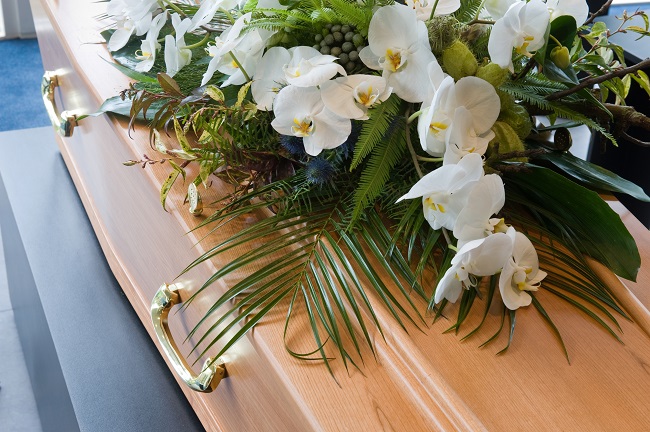To understand why a living trust could be the best option for you, it is important to understand the functions of a trust in general. In order to do that, it is important to understand what happens under normal circumstances when people die.

At some point, either before or after death, everything you own, every creditor you owe, and every source of residual income you have, will be inventoried and organized. When a person executes a last will and testament, they are simply undertaking the organization of these things prior to death and exercising control over what happens when they are gone. When a person does not execute the last will and testament, they are leaving these matters for the court to handle after their death.
Either way, most Estates will pass through a special process designed solely to care for the affairs of people who have died. This process is referred to as probate. The only way to avoid probate is to undertake a process of organizing assets through what is referred to as a will substitute. Life insurance policies, brokerage accounts, retirement and pension accounts, 401k accounts, and other similar instruments call for a named beneficiary to be designated to receive the assets upon the death of the account holder. Because these instruments are contractually sound, and allow for distribution based on terms agreed upon during the life of the account holder, the law allows for the assets held within them to pass directly to the beneficiary without probate.
What is a Trust?
Of the instruments available to avoid probate, the trust is perhaps the best and most flexible option available. You may wonder what about a trust makes it special? The answer is very simple.
A single account like a life insurance policy or a 401k is like a box; it can only contain the assets within its interior walls. A Trust is more like an umbrella that can extend to cover all of the boxes you can possibly collect. A trust can cover all of the life insurance policies, brokerage accounts, real estate, or any other property you own and can protect it under one umbrella. In fact, this umbrella actually functions like a legal storage unit for all the property you hope to later benefit someone else.
For instance, if you have a 401k, you can place it in the trust. You can do the same with a life insurance policy, the annuity you’ve been building since 1985, the deed to your house on Miami Beach, the title to your beloved Harley Fatboy, your first swiss army knife, or anything you can imagine leaving to someone else.
In order to have a trust, there has to be a transferring of property, which is to be held for the benefit of another, usually called a beneficiary. Don’t be confused about the word property. It does not solely mean real property. It can mean anything of value that can be given to someone else. The person in charge of the property is called a trustee and has what is called a fiduciary duty to manage the property in the best interests of the future beneficiary, even when the interests of the beneficiary conflict with those of the trustee.
There are two main types of trusts. One is called a testamentary trust, which means that it is a trust that is created by the terms of a person’s last will and testament. I.e.: In the will of John Doe, it states that upon death, John’s assets should be placed into a trust and used for the benefit of his wife Jane Doe.
The other main type of trust is the focus of this article and is called an inter vivos trust or living trust. Simply put, a living trust is a trust created during the lifetime of the person creating it, and it is the most flexible option for people who want to have control over their assets while they are alive but still have those assets work for the benefit of others once they die. Typically, the person who was the owner of the property before the trust was created, usually called the settlor transfers it to the trust, and then becomes the trustee until they become incapacitated, voluntarily name another trustee, or they die.
The great thing about a living trust is that the assets can be used and grown as the settlor sees fit during their lifetime, and while they are acting as trustee. If the new property is acquired during the lifetime, it can be added to the trust. If the property becomes less valuable or needs to be sold in order to care for an illness in the family, this can all be done while the settlor is still alive. The living trust provides the most flexibility for the settlor to use the assets during their life, and still leave them for the benefit of their intended recipients.
If you have assets that you’d like to be saved or grown and used to benefit someone else, it’s possible that a trust would be the best instrument for you to use to accomplish whatever your goals are for the property. As in all circumstances, the best option is to enlist the help of a professional who can help you make the arrangements. After all, the wealth and property one person accumulates in a family are often the difference between poverty and prosperity for future generations.
